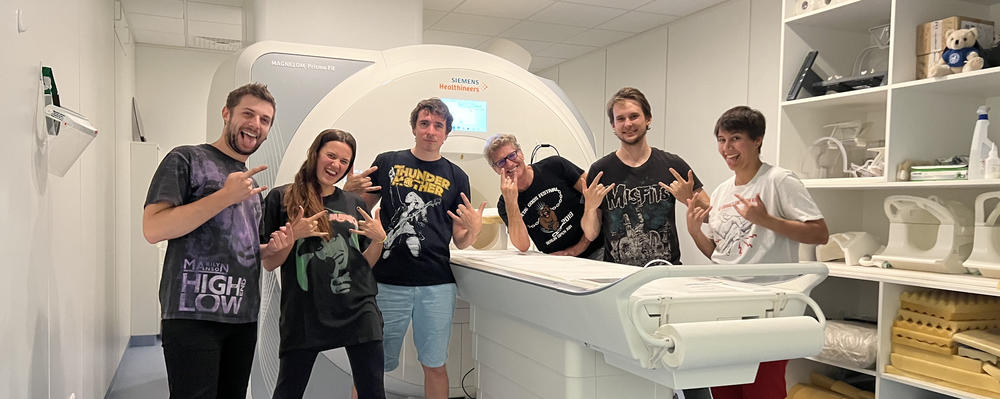Research
Research conducted by the Neurocomputation and Neuroimaging Unit (NNU) aims to understand the Perception-Action cycle using a combination of advanced neuroimaging techniques. This refers to understanding how stimuli are initially perceived, transformed from perceptual into other forms of representations, for example those involved with working memory, and ultimately used to make decisions and guide behaviour. Our research further expands to include questions concerning the subjective experience of having a multisensory body and using that body to perform actions.
Our research is primarily conducted within the somatosensory domain in order to take advantage of the large body of primate electrophysiological research as well as the human somatosensory system which, due to the system’s lateralization, is easily resolved using non-invasive neuroimaging techniques. We employ a variety of neuroimaging techniques including electroencephalography (EEG), functional magnetic resonance imaging (fMRI), magnetoencephalograghy (MEG), transcranial magnetic stimulation (TMS), transcranial direct current stimulation (tDCS) as well as simultaneous EEG-fMRI and analyze the data according to both univariate and multivariate pipelines.
